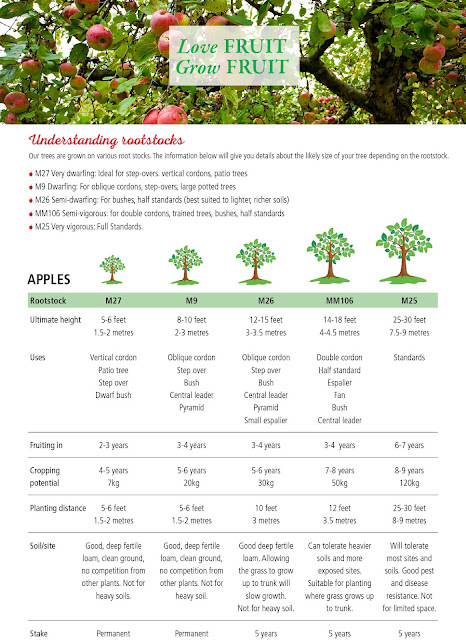The Crab

A Bitter Companion to a sweet treat. The Malus Sylvestris aka Crab Apple is an interesting tree. A vast range of colourful bitter fruits from tiny fingernail sized to palm sized fruiters on large or small trees. Not well known as a delicacy itself the crab has a sharp bite, due to the high levels of pectin that are unique to this fruit making jams and jellies set with ease. Crab-apples, Crab-apples, out in the wood, Little and bitter, yet little and good! The apples in orchards, so rosy and fine, Are children of wild little apples like mine. The branches are laden, and droop to the ground; The fairy-fruit falls in a circle around; Now all you good children, come gather them up: They’ll make you sweet jelly to spread when you sup. One little apple I’ll catch for myself; I’ll stew it, and strain it, to store on a shelf In four or five acorn-cups, locked with a key In a cupboard of mine at the root of the tree. Excerpt from: flowerfairies.com Also known as 'the forage...

